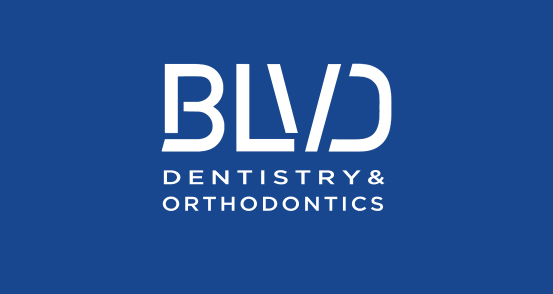Botox for TMJ
Diagnosing and addressing Temporomandibular Joint Disorders (TMJD or TMJ) can pose significant challenges. Many related symptoms, such as headaches and earaches, often prompt doctors to initially consider a sinus condition rather than an issue with the jaw joint. The severity of TMJ symptoms tends to vary based on an individual’s stress levels. During highly stressful periods, symptoms like teeth grinding, intense earaches, and lockjaw may become apparent. Botox® injections occasionally serve as an effective and painless method to alleviate tension in the temporomandibular joint, consequently reducing jaw pain, headaches, and overall discomfort.
Botox® is widely acknowledged for its role in cosmetic procedures, specifically in eradicating glabellar lines and facial wrinkles. However, it has also become a sought-after treatment for Temporomandibular Joint Disorders (TMJD or TMJ), providing swift and enduring relief for individuals grappling with persistent symptoms. Although some TMJ symptoms may naturally improve over time, Botox® stands out by offering effective solutions for those in need of intervention.
Here are several key advantages that Botox® provides for individuals managing TMJ:
- Headache Alleviation: Eases headaches caused by nighttime teeth grinding.
- Lockjaw Reduction: Diminishes both the frequency and severity of lockjaw.
- Improved Jaw Function: Reduces discomfort associated with jaw movement.
- Decreased Shoulder and Neck Pain: Alleviates pain in the shoulder and neck areas.
- Significant Jaw Tension Reduction: Relaxes jaw muscles to alleviate tension.
How Botox® Works:
The temporomandibular joint, located on both sides of the head where the skull meets the jawbone, is crucial for daily activities such as chewing, biting, speaking, and swallowing. TMJ often arises from jaw displacement and stress-induced involuntary jaw movements. Botox® acts promptly by relaxing the jaw muscles, preventing unconscious jaw movement, and putting an end to headaches caused by grinding.
A notable advantage of Botox® is its preservation of normal functions such as speaking, swallowing, and biting, with the primary change being a significant reduction in pain and discomfort. Additionally, managing TMJ can prevent potential dental issues, including tooth decay, gum disease, and tooth loosening.
Procedure for Botox® Injections:
Before administering Botox®, the dentist assesses the patient’s suitability for treatment, considering potential interactions with medications and substances. Providing an accurate medical history is crucial, and Botox® is not recommended for pregnant or lactating women.
The injection process, lasting 10-20 minutes, is a non-surgical procedure performed at the dental office. Driving ability remains unaffected, eliminating the need for a designated driver. The injections are minimally painful, akin to a bug bite or pinprick, and nitrous oxide (laughing gas) can be used for anxiety reduction if necessary.
Normal activities can be resumed immediately post-treatment, though strenuous activity should be avoided for 24 hours. While it may take several days to experience the full benefits, Botox® continues to be effective for up to 3 months.

